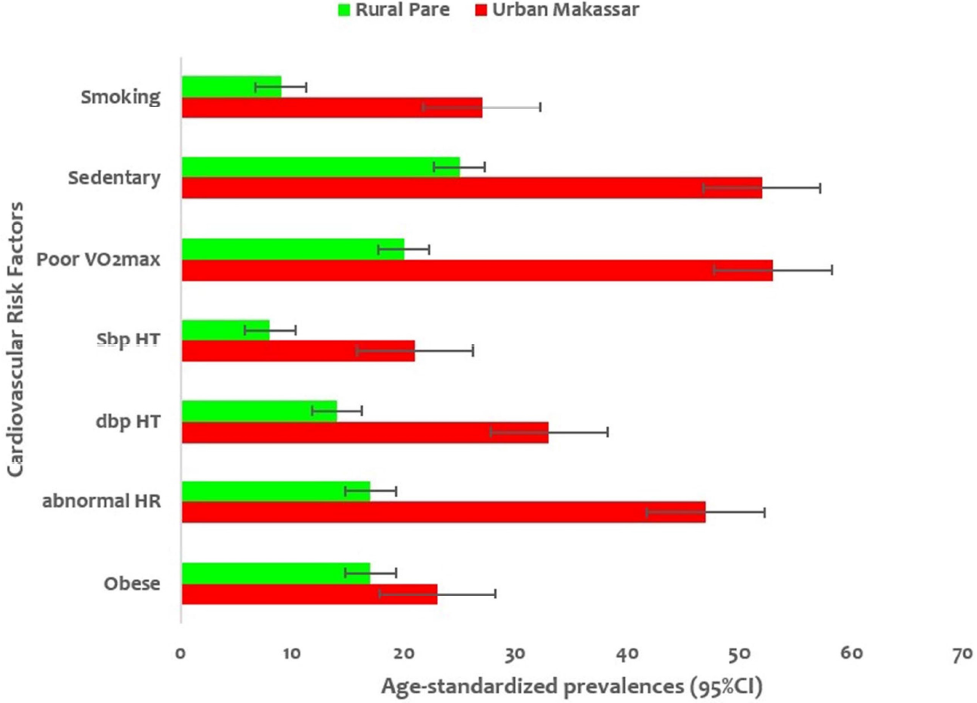Correlation between Angiotensin Converting Enzyme Insertion-Deletion Polymorphisms and Cardiovascular Risk Factor Determinants in Urban and Rural Populations
DOI:
https://doi.org/10.15419/bmrat.v10i8.825Keywords:
gene polymorphism, angiotensin converting enzyme, insertion-deletion, cardiovascular risk factors, Urban-Rural PopulationsAbstract
Background: The angiotensin converting enzyme insertion-deletion (ACE I/D) polymorphism located on chromosome 17q23 (287 bp in intron 16) is associated with cardiovascular risk factors (CRFs), but results vary among populations, which is thought to be the cause of ethnic differences. This study explored the role of the ACE I/D polymorphism and its correlation with CRF determinants among urban and rural groups.
Methods: A total of 182 male and female participants were recruited in the age range of 20 ? 55 years for CRF determinant examination and ACE gene polymorphism (n = 140).
Results: Most samples examined for polymorphic ACE genes showed increased CRF determinants in the two groups. For genotype II and urban group ID, the risk was increased 5 ? 8 times for the CRF of obesity. The frequency of genotype II significantly increased the incidence of CRFs of smoking and sedentary by 1 ? 3 times in both groups.
Conclusions: The ACE I/D polymorphism has a differential effect on both urban and rural groups. Smoking, sedentary behavior, and obesity were risk factors for CRF in both groups. Therefore, an overall design strategy for health policies is needed to mitigate the burden of cardiovascular disease, which ends in death in both groups.

Published
Issue
Section
License
Copyright The Author(s) 2017. This article is published with open access by BioMedPress. This article is distributed under the terms of the Creative Commons Attribution License (CC-BY 4.0) which permits any use, distribution, and reproduction in any medium, provided the original author(s) and the source are credited.
